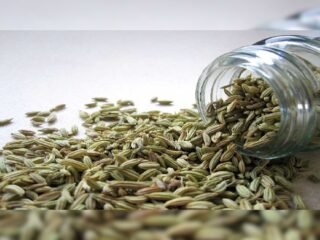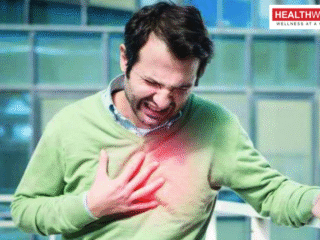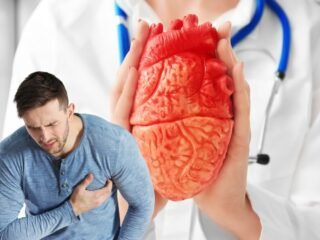Cardiovascular fitness is a complex idea that includes both the heart’s functioning and the dynamics of blood flow throughout the body. An essential foundation for comprehending and improving cardiovascular health is hemodynamics, the study of blood circulation and its characteristics.
The significance of hemodynamics: The flow of blood through the circulatory system is regulated by a complex interplay of elements known as haemodynamic. Blood pressure, flow rate, vascular flexibility, and blood vessel resistance are all included in this. The complex interplay between these components permits the elimination of metabolic waste products while guaranteeing sufficient oxygen and nutrition delivery to cells. Any perturbation to the hemodynamic balance can result in a variety of cardiovascular conditions, from high blood pressure and atherosclerosis to heart failure.
Exercise and Hemodynamic: Maintaining ideal hemodynamic and cardiovascular fitness requires frequent physical activity. Running, swimming, and cycling are examples of aerobic sports that improve hemodynamic by increasing cardiac output through mechanisms like elevated heart rate and stroke volume.
Suggestions for Enhancing Heart Health:
a.Regular Aerobic Exercise: To improve haemodynamic and cardiovascular fitness, aim for at least 150 minutes per week of moderate-intensity aerobic activity or 75 minutes of vigorous-intensity exercise.
b. Strength Training: Include resistance training twice a week or more in your routine to strengthen your muscles, improve the health of your arteries, and support hemodynamic function.
c. Maintain a Nutritious Diet: To maximize haemodynamic and support heart health, choose a balanced diet full of fruits, vegetables, whole grains, lean proteins, and healthy fats.
d. Manage Stress: Extended periods of stress can negatively impact cardiovascular health and haemodynamic. To lessen its effects, use stress-reduction strategies including yoga, mindfulness meditation, and deep breathing exercises.
e. Give Up Smoking and Limit Alcohol: Both tobacco and alcohol abuse might worsen cardiovascular risk by affecting hemodynamics. Give up drinking and quit smoking, if you drink at all.
f. Make regular health Screenings a Priority: To identify anomalies quickly and take preventative action, regularly check blood pressure, cholesterol, and other cardiovascular risk indicators.
Understanding the important role hemodynamic play in cardiovascular fitness highlights the need of implementing comprehensive measures to improve heart health. Regular exercise, healthy diet, stress reduction strategies, and wise lifestyle decisions can help people improve their hemodynamic, strengthen their heart, and lower their risk of cardiovascular disease.








